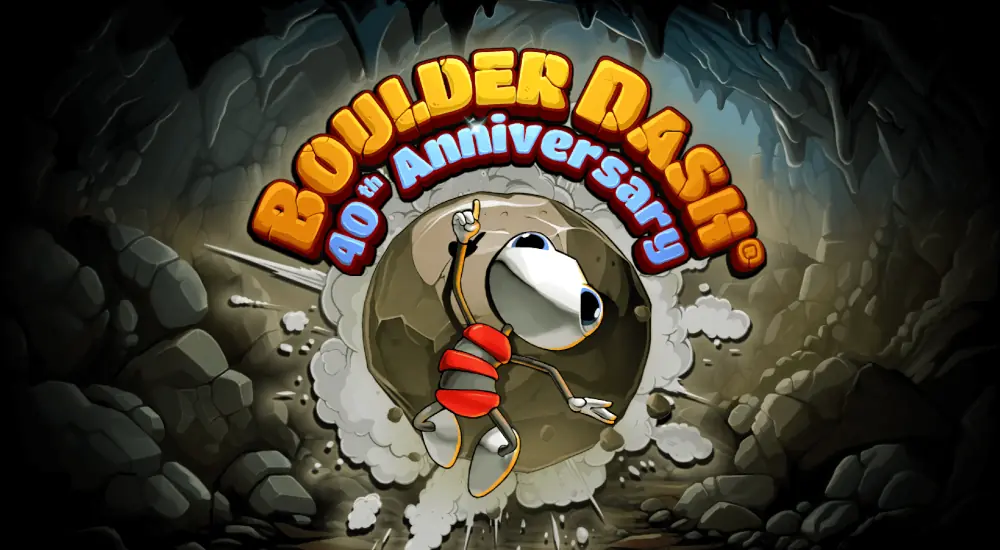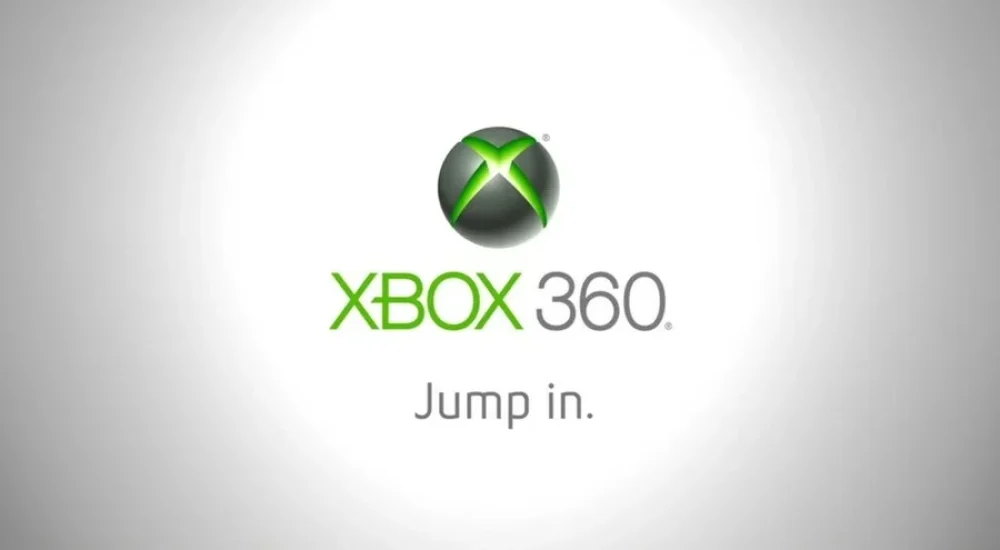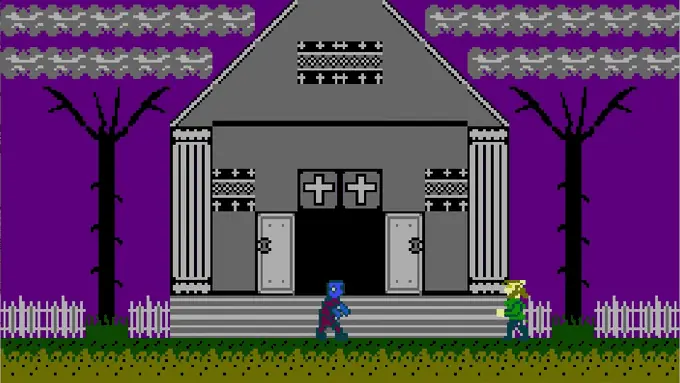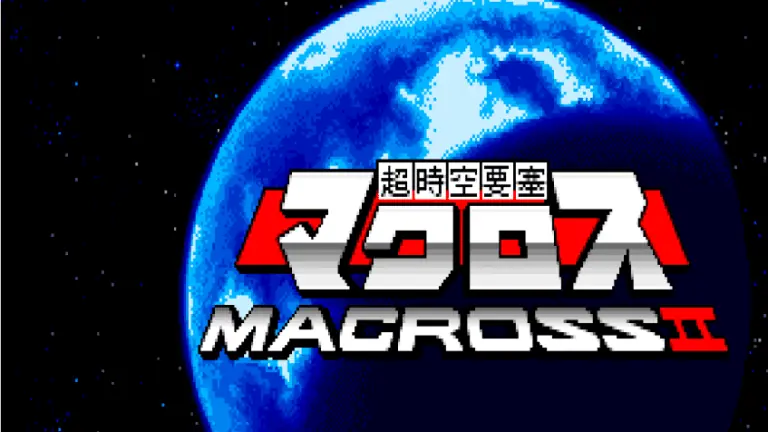Nintendo‘s first venture into online gaming came with the Famicom Modem, offering users access to cheats, news, weather updates, and downloadable content. However, lacking online multiplayer support, the hardware failed to gain popularity. Subsequent networking devices like the Teleplay modem also didn’t find success. During the 16-bit era, Nintendo delved into satellite modem technology with the Satellaview add-on for the SNES, allowing users to access games, news, voice acting, and hints via satellite broadcast, albeit only available in Japan. It garnered widespread support and featured acclaimed exclusive software such as Zelda no Densetsu Kodai no Sekiban. The broadcasts continued until 2000.
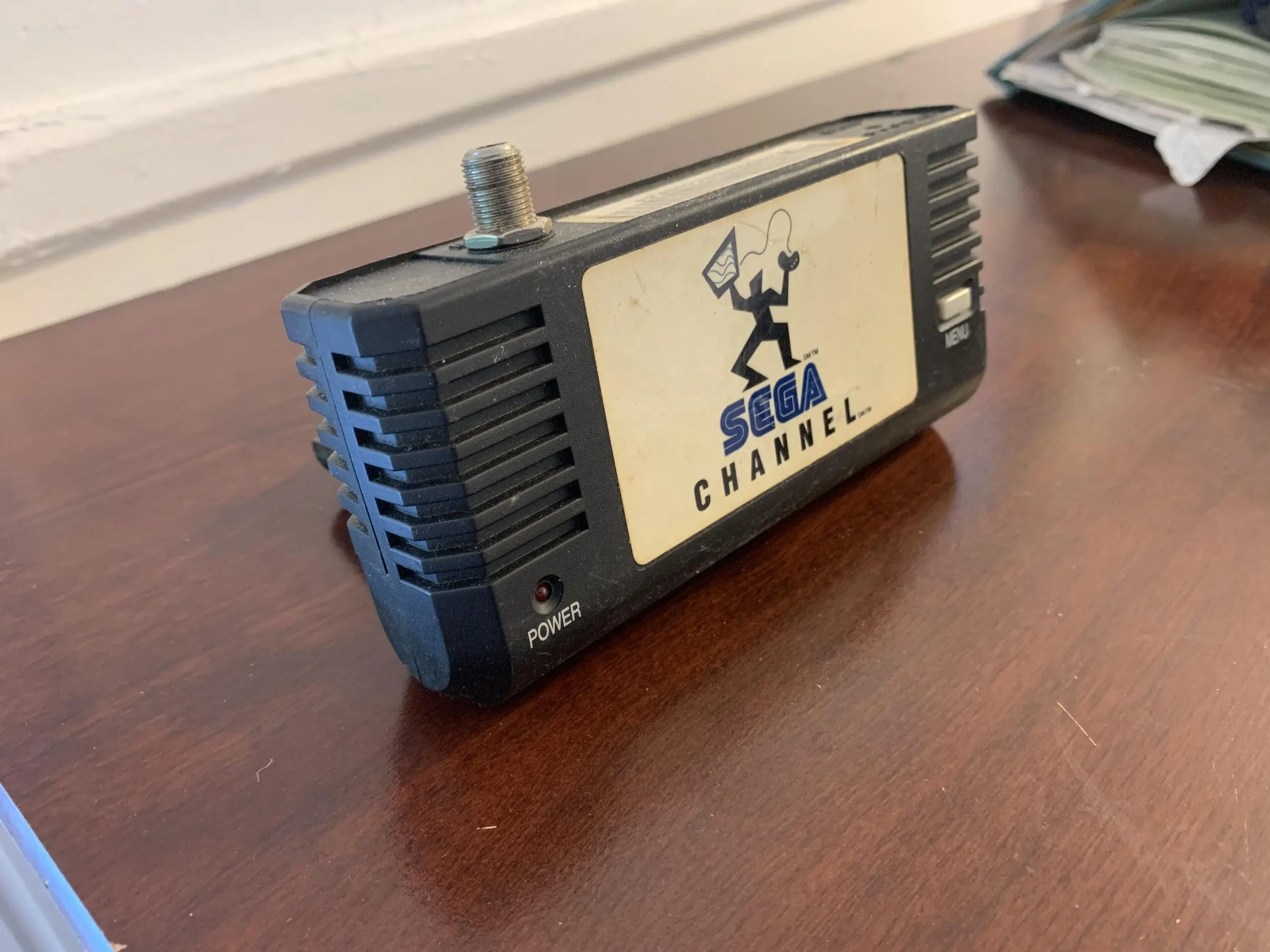
During the 16-bit gaming era, Sega introduced its Sega Channel service for the Genesis console. Starting in 1994, in partnership with Time Warner and Telecommunications, Inc, this service let players rent games through a network, using cable for its high bandwidth. Customers paid a monthly fee and an initial activation charge to access a range of games, including exclusive ones like Pulseman and Golden Axe III, via an adapter that plugged into the console. Although well-received and backed by strong advertising, cable companies were unsure about it, leading to its decline. After one year, subscriber numbers were just 150,000, not meeting Sega‘s hopes. As the era ended, the Sega Channel was discontinued.
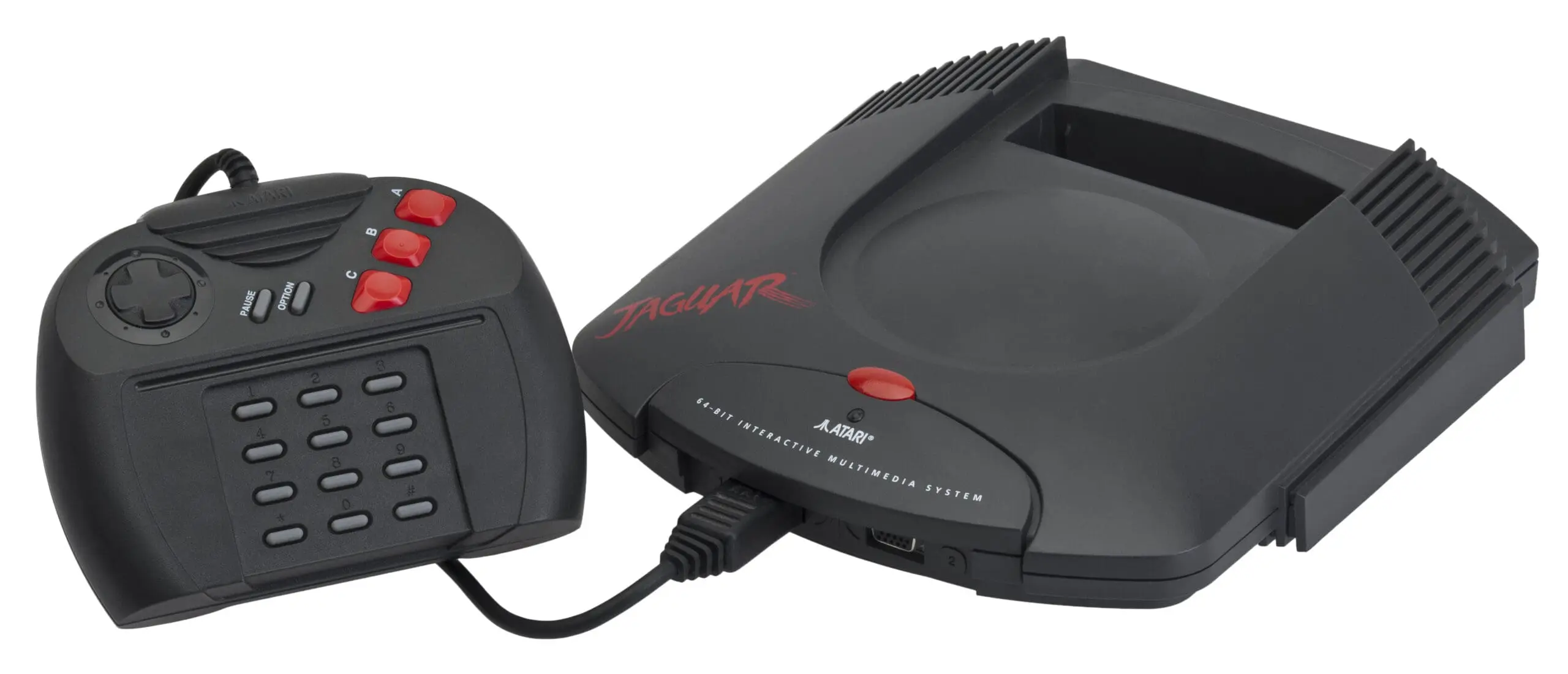
In the 1990s, Catapult Entertainment brought console gamers together online through the XBAND network. This service let SNES and Genesis users play over a phone connection. It had cool features like X-Mail and chat, but few games worked with it – only 13 for Genesis and 14 for SNES. This limited its popularity. Later, Atari Corporation tried to upgrade online gaming with a voice modem for its Jaguar console in 1995. But since the Jaguar wasn’t selling well, the modem never got widely made.
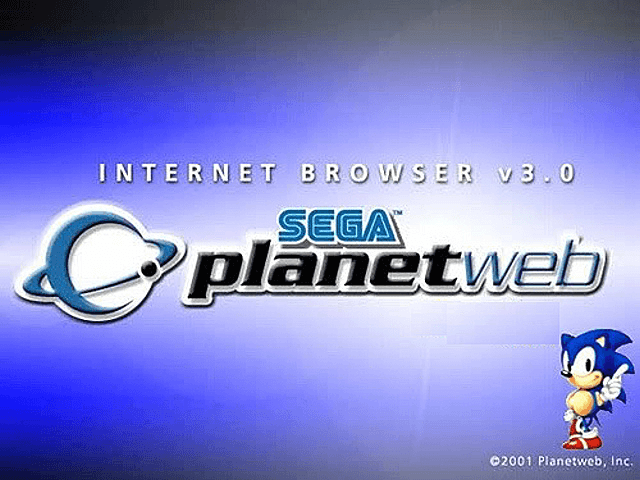
In 1996, Sega brought out the NetLink modem for the Saturn, letting players go online and compete in games like Sega Rally and Duke Nukem 3D. The Saturn hinted at online gaming possibilities, but it was the Dreamcast that really changed the game. Launched at the turn of the millennium, the Dreamcast was the first global console ready for the internet, with a modem and the Planetweb browser. Sega created SegaNet (or Dreamarena in Europe), which supported online Dreamcast games and added extras for titles such as Skies of Arcadia and Jet Set Radio. The launch of Phantasy Star Online was a big leap for online gaming on consoles. Even though the Dreamcast didn’t last long, it was a trailblazer in online play, setting the stage for the online gaming services we see today.
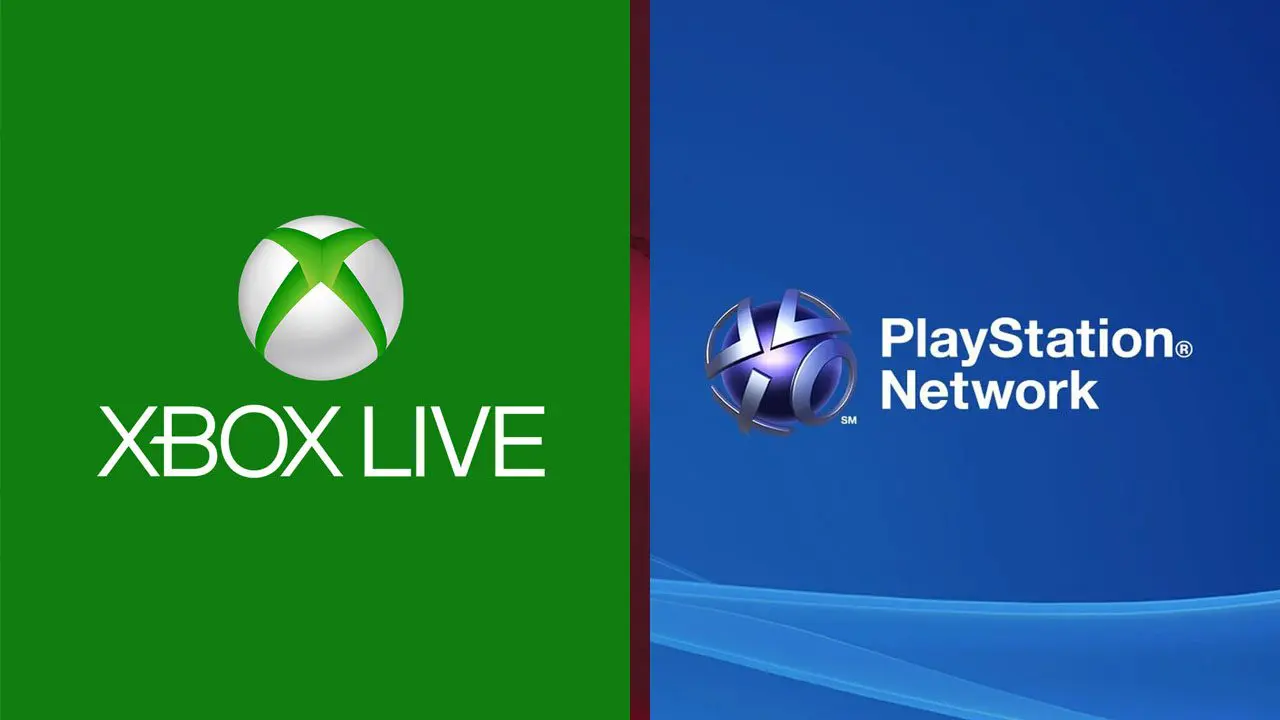
Microsoft, Sony, and Nintendo are now focusing more on online services for their game consoles, building on what they started in previous models. In 2002, Microsoft launched the Xbox Live network on the first Xbox and updated it when the Xbox 360 came out in 2005, growing to 30 million users. A year later, Sony introduced the PlayStation Network for the PS3 and PSP, which now has over 60 million subscribers. Online gaming has changed a lot since the beginning, with more people downloading games and playing with others online through Xbox Live and PSN. Online features in gaming continue to grow and the digital part of gaming is expected to keep expanding.



